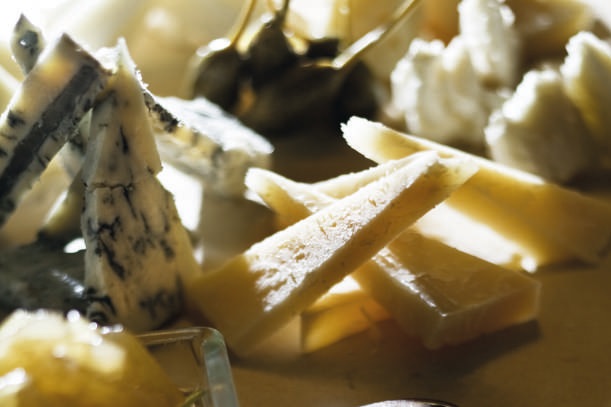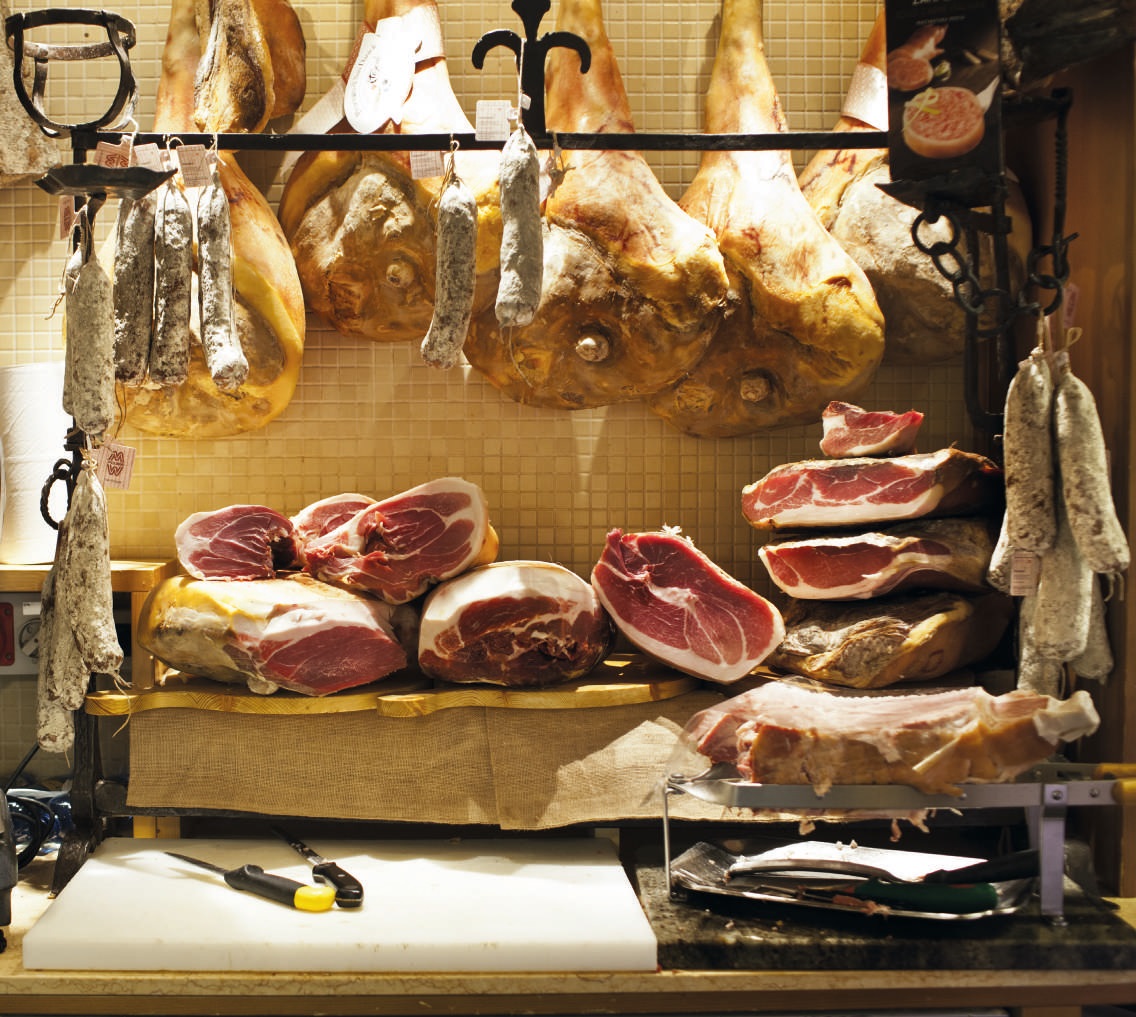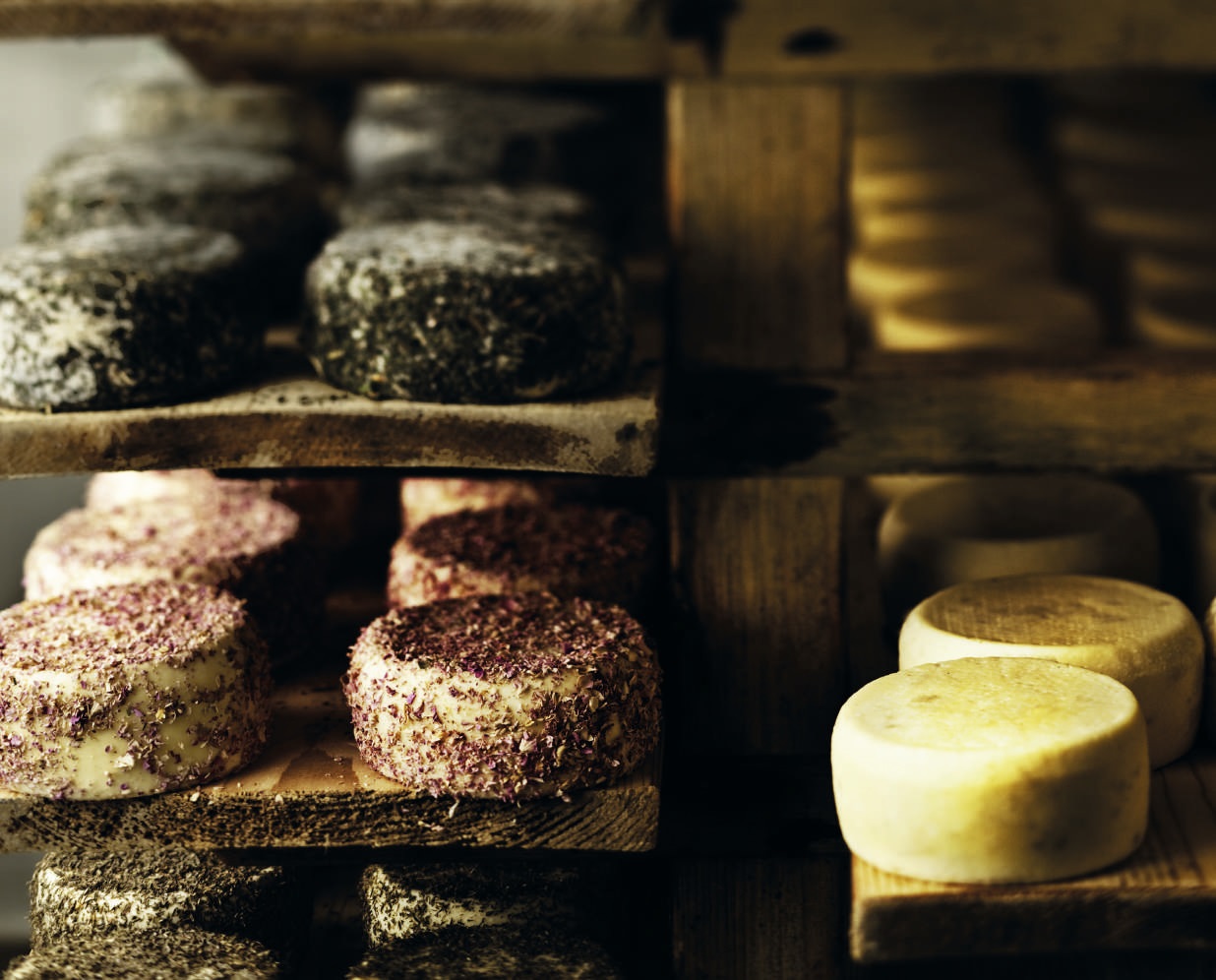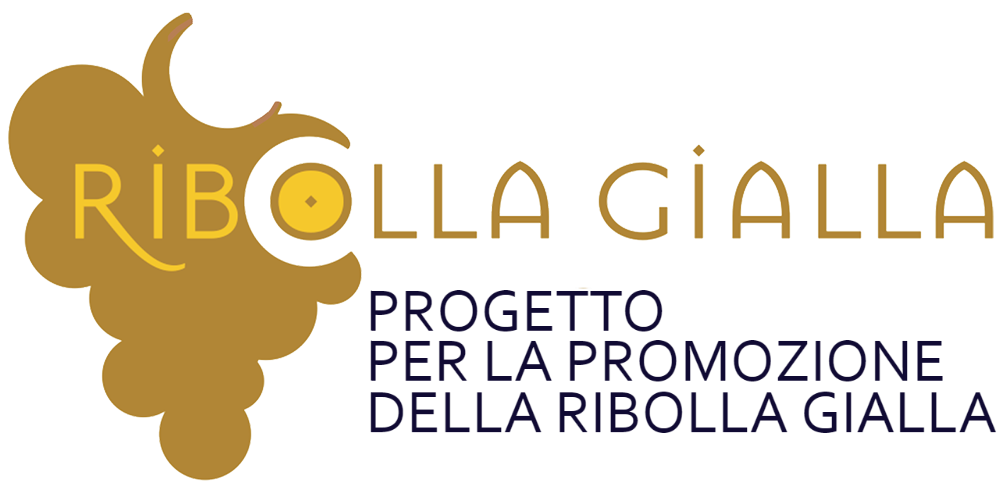FRIULI VENEZIA GIULIA – The Territory
Introduction
.. My homeland is between the mountain, and the sea almost theatro has made the art, not the nature …
(Erasmus of Valvason)
Two verses that, if desired, could be very well adapted to other Italian regions as well. But few other regions – we would like to say none – can gather so much variety of landscape, environments and climates in a territory so limited in scope. From the Julian Alps, with the Canin caves and the polar temperatures of Fusine, to the Forni Dolomites, from the “king size” beach of Lignano Sabbiadoro to the coast of Trieste, passing through the Grado lagoon; and in the middle – between mountains and seas – the alpine lakes, the valleys of Natisone and Carnia, the gentle hills of the foothills from San Daniele del Friuli to Cormòns, the “magredi” and the graves of Friuli, the reclaimed plain, the area of the resurgences, the Karst … After having remembered (better: after having seen) all this, one can quote, without rhetoric and also with a pinch of pride, the definition of Friuli by Hippolytus Nievo: “small compendium of the universe “.
In this environmental kaleidoscope, over the centuries there have been a bit ‘all: from the Paleovenets, to the Romans, the barbarians of each tribe (Huns of Attila and Lombards included), Turks, Slavs, and in more recent times Venetians, until the fall of the Republic, and Austrians.
With these premises, it will not be surprising if even in the gastronomic traditions of Friuli Venezia Giulia there is a bit of everything, with a variety of dishes, flavors, traditions that often even the Friuli people do not know enough. If Emilia boasts its Parma ham, Friuli has the San Daniele, the smoked Sauris and (even it is a treat for lucky ones) the Cormòns variety. If in Veneto there is the classic “pasta e fasioi”, Friuli responds with the barley and beans, the “jota” Trieste (beans and sauerkraut) and the Gorizia (beans and brovada). Among the cheeses, Montasio uno e trino (fresh, semi-mature and seasoned) is also gaining space at national level, while the ricotta smoked by the taste of the malga is increasingly used, grated, to season gnocchi and tortelli of various kinds.
In Carnia the traditional poor cuisine has been enriched with wild mushrooms and wild herbs (once they were only for omelette, today they are the basis for whole, appetizing menus). Same in the valleys of Pordenone, where there are also the bresaola (strips of dried meat) and the petina, savory sausage of beef and / or smoked mutton.
If the “frico” (cheese dish, which is better to taste than to explain) with “muset and brovade” (cotechino with sour turnips) remains the emblem of the friulano, do not forget the cjalcions (ravioli with filling tending to dessert) from Carnia and plum dumplings from the Goriziano area, which bear witness to the influence of Mitteleuropa.
About the marinara cuisine, we will only say that the “boreto” of Grado is not (unlike all the brodetti of Italy) a fish soup; and that the prawns in the bus are a memory of Istrian cuisine.
Once upon a time, the gastronomic tradition of a territory could be synthesized with what was the fat mainly used in cooking: olive oil, butter, lard. Well, in this region all three of them are present: and if this appears normal with regard to animal fats, it will be a surprise for many to know that in Friuli Venezia Giulia olive oil is produced in the surrounding hills the Gulf of Trieste, but also in the Friulian Hills, best known for wine (it is no coincidence that between Cividale and Manzano there is a village called Oleis).
But returning to the typical products, do not forget the trout (especially smoked), honey, grappa, and of course the wines. On the theme “wines and territory”, here in Friuli, one could write books (someone has already done it…). And I do not think only of the most known areas, Collio and Colli Orientali; I think of the charm of the vineyards by the sea, in Marano; I think of the vineyards of Valeriano, above Spilimbergo, overlooking the Tagliamento plain; I think of the orderly vineyards of the Bassa, between Aquileia and Cervignano, which also have their charm.
Bepi Pucciarelli




